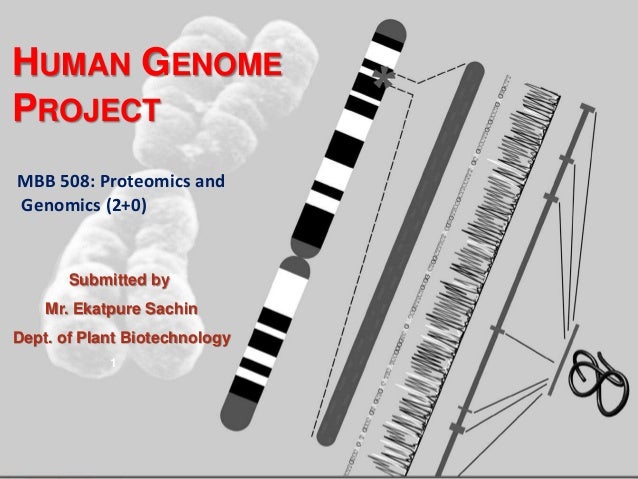An unique study, from the college of wisconsin-madison, have revealed that the pine beetle utilizes a 2nd microbe-- a microorganism called an actinomycete-- to shield its fungi from the mite's competing one. Released study concerning the fungus-farming ant-- the leaf-cutter might motivate researchers to consider the association bewteen an actinomycete and also yearn beetles' fungal plant. If these searchings for are confirmed by further studies, which strongly recommend a function for the antibiotic in the research study as a novel antifungal compound for broad-spectrum activity versus other fungis as well as parasites. According to the researchers.
As the southerly pine beetle relocations with the woodland boring tunnels inside the bark of trees, it brings with it both an assistant as well as a competitor. The helper is a fungi that the insect plants inside the passages as food for its young. But also riding along is a tiny, hitchhiking mite, which also brings a fungus for feeding its very own larvae.
Now the photo of this peculiar, millennia-old plan has expanded a lot more interested. Composing in the Oct. 3 concern of Scientific research, a team of scientists reports that the yearn beetle utilizes a 2nd microbe-- a bacterium known as an actinomycete-- to safeguard its fungi from the mite's competing one. What's more, the germs does so by possessing an antibiotic that is brand new to scientific research.
The isolation of the novel antifungal substance-- called mycangimycin for the specialized compartments, or mycangia, in which the beetles carry both their fungis and microorganisms-- elevates the interesting opportunity that other such discoveries could comply with.
" There are possibly 10 million types of insects on earth," claims College of Wisconsin-Madison transformative biologist and also symbiosis specialist, Cameron Currie, that led the research study with Harvard University drug store Jon Clardy. "So, if pests connect with actinomycetes such as this even more normally, then there's potentially a big number of brand-new locations to explore."
The awareness could not come at a better time. Historically, the best source of anti-biotics worldwide has actually been the actinomycetes, especially participants of the genus Streptomyces. But in recent years, the number of brand-new substances effectively isolated from these organisms-- and also without a doubt from all germs-- has actually diminished, even as resistance to existing prescription antibiotics has actually spread.
Whether symbiotic associations end up being a gold mine of new antimicrobials as well as various other helpful representatives remains to be seen. However it's assuring to see bugs pairing with actinomycetes.
" Actinomycetes are most likely really attractive in these scenarios due to their powerful antibiotic-producing capabilities," claims UW-Madison college student, Jarrod Scott, who works with Currie. "In similar manner in which we identify the power of these bacteria, I assume other organisms, in a transformative feeling, have actually additionally acknowledged their power."
Currie additionally has excellent factor to think these communications prevail. In the 1990s, he was the very first to uncover that a fungus-farming ant, the leaf-cutter, used an actinomycete to protect its fungal plant from a parasitic mold. That got him thinking of the importance of bloodsuckers as well as disease in the advancement of all microorganisms, and just how these stress may have led lots of insects to coordinate with advantageous microbes as a protection.
Past the leaf-cutting ants and also pine beetles, one other example of this sort of connection is currently established. "But it hasn't been methodically checked out," states Currie. "If we in fact begin to look, we might find these organizations to be extremely usual."
That one of the ache's most damaging opponents in the southerly USA and also Mexico depends so greatly on a microorganism appears extraordinary, but that's precisely the instance for the southern ache beetle. If the beetle's fungus, Entomocorticium, is grown out of by the mite's fungal partner, Ophiostoma, the beetle larvae will certainly deprive. Holding Ophiostoma in check has therefore come to be the task of the actinomycete.
What's interesting regarding the small molecule antibiotic it produces, however, is that it does not appear to target Ophiostoma specifically. The scientists instead suspect Entomocorticium has actually established some resistance in time, says Scott, permitting it to endure the exact same low doses of rice genome project antibiotic that eliminate its competitor.
This recommends the antibiotic might have broad-spectrum task versus various other fungi and human microbiome database parasites, an opportunity the team is now checking out. And the discovery of an unique antifungal substance is especially amazing due to the fact that many of these agents can offer double-duty as anticancer drugs, states Currie.
But also for him as well as Scott, the best result would certainly be broader acknowledgment of the essential function microbes play in the lives of all plants as well as animals, not equally as bloodsuckers, yet often as companions.

" Organisms like the yearn beetle would not be able to do what they do without germs," says Scott. "So, we want microorganisms as the basis of their success."
The research's other authors are Dong-Chan Oh of Harvard, M. Cetin Yuceer of Mississippi State University as well as Kier Klepzig of the UNITED STATE Woodland Service. Currie's work was moneyed by the USDA as well as the National Scientific Research Structure.

